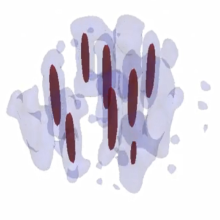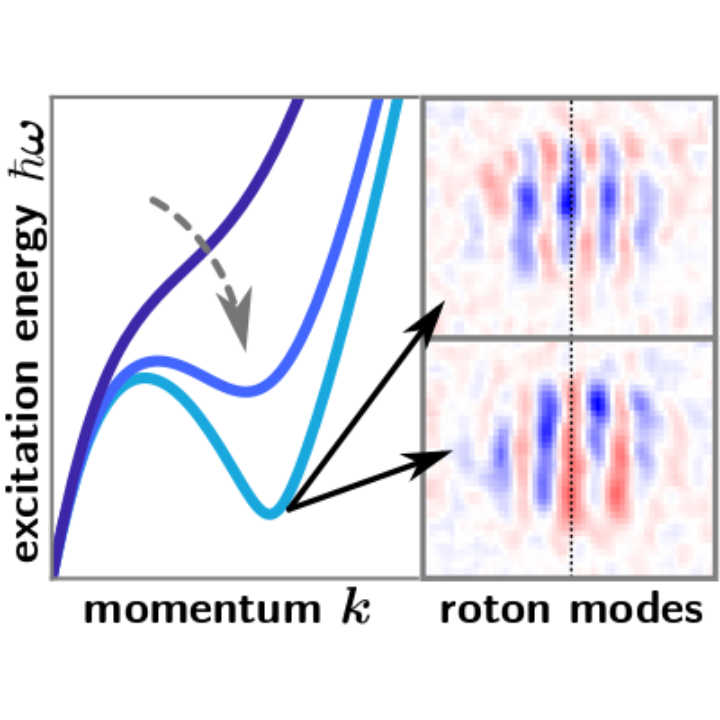At ultracold temperatures, the behavior of matter is described by quantum mechanics, which leads to effects that defy our everyday expectations. Consequently, this often leads to surprising new discoveries. An example for such an unexpected discovery has been our observation of quantum droplets a few years ago. While ultracold atomic clouds are typically described by a mean-field model that predicts a collapse in the case of attractive interactions, no such collapse was observed in a strongly dipolar gas of ultracold dysprosium atoms in our lab. Instead of the collapse, the gas formed stable quantum droplets that were later shown to be stabilized by the presence of quantum fluctuations. Since the initial discovery in our group, a large number of experimental and theoretical works have investigated the properties of this new quantum mechanical state of matter, including its intrinsic stability, its self-bound nature, its liquid-like properties and its dynamical excitations. Most notably, the formation of these droplets was also one of the key ingredients in our recent observation of a supersolid state of matter. In the present work, which has recently been published in Reports on Progress of Physics (Rep. Prog. Phys. 84 012403) we review the field of quantum droplets and supersolids, and summarize the astonishing insights obtained using dipolar quantum gases and Bose–Bose mixtures in many labs around the world.
While it may already be surprising that quantum droplets can behave like liquids despite having a density one hundred million times smaller than that of water, the dipolar interaction can give rise to an arguably even more counterintuitive state of matter - the supersolid. A supersolid simultaneously features both the frictionless flow of a superfluid, as well as the crystalline structure of a solid. In our previous works we have shown that such a supersolid can be formed from arrays of quantum droplets. However, the mechanism behind the phase transition from a regular Bose-Einstein condensate to the supersolid state had so far remained largely unexplored.
In our other recent work (arXiv:2009.08910), which has been accepted for publication in Phys. Rev. X, we investigate the nature of the phase transition by looking at the dynamical emergence of density fluctuations as the system crosses the superfluid-supersolid phase transition. This allows us to identify how roton excitations dominate these density fluctuations and how they trigger the crystallization process that forms the supersolid crystal. Moreover, in the supersolid regime we observe the presence of both superfluid and crystalline phonons, which provides textbook-like evidence for the simultaneous solid and superfluid nature of a supersolid.



